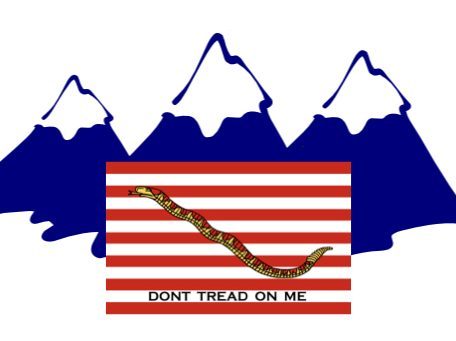Almost exactly a year before this post, I wrote my thoughts on Pacific Fury: Guadalcanal, 1942 (Bonsai-Games/Revolution Games, 2015). In the time since, the game has landed on my table four times, including three times in the past two days. Every time I play the game I fall more in love with the simple design and totally enjoy the campaign narrative every game delivers.
At first glance, the game doesn’t look like much. Pacific Fury is a simple folio (bagged) game with a paper 11’x17″ map, 50 counters, an eight page rule book (double columns), and a cover sheet.
Map
Nicely done, save for a few spelling errors and holding boxes that are too small. That is not a problem, as stukajoe was kind enough to upload a print-it-yourself replacement.
Counters
Apparently, I have the published version with “Japanese” counters where the ends of the ships are cut off. Personally, I am not sure one really needs the full-length ships given how small the counters are. What Pacific Fury really needs are blocks instead of counters!
Rule Book
According to 12.0 CREDITS, Scott Muldoon, recently famous as co-designer of Cataclysm: A Second World War (GMT Games, 2018) did the rules translation. As good a job as he did, certain sections of the rules, like 10.0 COMBAT, require a very careful reading to catch all the nuances. To help myself when playing, I turned the eight pages of rules into seven flowcharts that step me thru the turn and each combat type. I probably could use an eighth page to extract the Opposed Landing Table for 9.6 Tokyo Express and the Sunk Table in 10.7 Applying Hits but seeing as those are the only two tables not on the map it seems like overkill to add an extra page!
Playing Time
According to the publisher and BoardGameGeek, Pacific Fury is rated at 60-120 minutes. In my plays I tend towards the low end of that number, and when playing against my arch-nemesis “Mr. Solo” and using my flowcharts I can get the game down to as little as 30 minutes. This means I can try (and retry) many different strategies. As I will discuss in a later post on Game Mechanics, it is the simple operational planning aspects of the design that really make the game shine.
Pacific Fury has become a must-pack game when I travel. I totally enjoy pulling the game out in the evening and running through a campaign. This works because the game has a small footprint but builds a large battle narrative. More about that in a near-future post!
